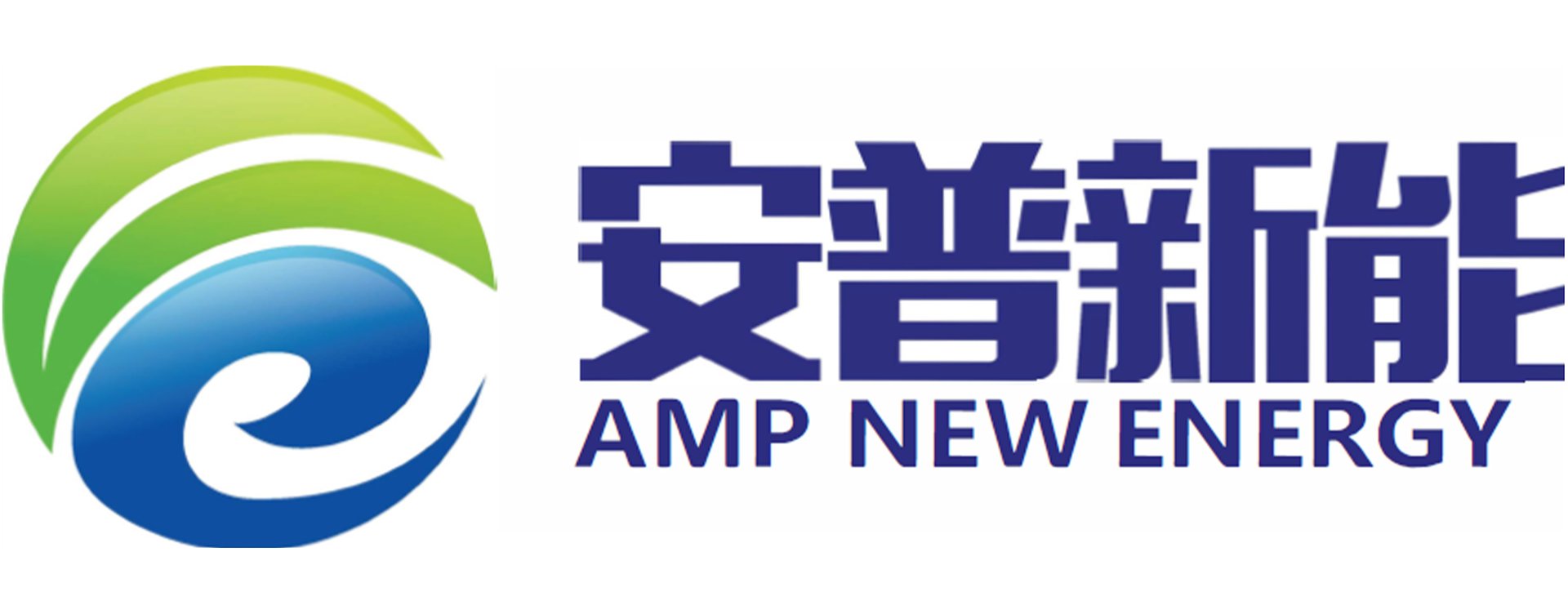Understanding the Role of PVDF in Lithium Ion Batteries
Introduction:
Lithium-ion batteries have become the preferred choice for energy storage in various applications, ranging from consumer electronics to electric vehicles. These batteries offer high energy density, longer lifespan, and improved safety compared to their counterparts. One crucial component that plays a vital role in the performance of lithium-ion batteries is polyvinylidene fluoride (PVDF). In this article, we will explore the different ways in which PVDF is used in lithium-ion batteries and its significance in enhancing their overall performance.
1. Binder Material:
PVDF is primarily used as a binder material in the fabrication of lithium-ion batteries. It acts as a binding agent, holding the active materials, conductive additives, and electrolyte together within the battery structure. PVDF has excellent adhesive properties, allowing it to form a strong and durable bond between the various components. This ensures the stability and integrity of the battery, even under extreme operating conditions.
2. Conductive Additive:
In addition to its role as a binder material, PVDF also serves as a conductive additive in lithium-ion batteries. By adding a small amount of PVDF to the electrode materials, it enhances their conductivity and facilitates the efficient movement of ions during charge and discharge cycles. This improves the overall performance of the battery, leading to higher energy efficiency and faster charging times.
3. Electrolyte Compatibility:
PVDF is known for its excellent compatibility with lithium-ion battery electrolytes. It exhibits good solubility in common organic solvents, allowing it to form a homogeneous mixture with the electrolyte. This compatibility ensures that PVDF does not interfere with the ion transport process and maintains the stability of the electrolyte. It also prevents the formation of unwanted by-products or side reactions that could degrade the battery's performance.
4. Mechanical Strength and Stability:
One of the key advantages of PVDF in lithium-ion batteries is its exceptional mechanical strength and stability. PVDF has a high melting point and good dimensional stability, enabling it to withstand the stresses and strains experienced during battery operation. It also exhibits excellent resistance to chemical degradation, ensuring its long-term stability in harsh environments. These properties contribute to the overall durability and reliability of lithium-ion batteries.
5. Improved Safety:
Safety is a critical aspect of lithium-ion batteries, especially considering their use in high-energy applications. PVDF plays a significant role in enhancing the safety of lithium-ion batteries by improving their thermal stability. PVDF has a high thermal decomposition temperature, which helps prevent thermal runaway and reduces the risk of battery failure due to overheating. This makes lithium-ion batteries incorporating PVDF safer and more reliable for various applications.
6. Enhanced Electrochemical Performance:
The use of PVDF in lithium-ion batteries also leads to enhanced electrochemical performance. PVDF acts as a barrier material, preventing the dissolution and migration of active materials from the electrodes. This improves the overall cycling stability and capacity retention of the battery, ensuring its long-term performance and lifespan. Additionally, PVDF assists in maintaining a stable solid-electrolyte interface, minimizing the formation of unwanted side reactions.
7. Improved Adhesion:
Another crucial aspect of PVDF in lithium-ion batteries is its ability to improve adhesion between the electrode materials and the current collector. PVDF forms a strong bond with both the active materials and the current collector, ensuring efficient electron transfer and minimizing internal resistance within the battery. This leads to improved energy efficiency and reduced self-discharge rates, making lithium-ion batteries more reliable and long-lasting.
8. Enhanced Electrode Structure:
PVDF plays a significant role in enhancing the structure of the electrodes in lithium-ion batteries. It helps in the formation of a uniform and well-organized electrode structure, which is crucial for efficient ion transport and electron flow. The presence of PVDF ensures a consistent distribution of active materials throughout the electrode, maximizing the battery's overall performance and energy density.
9. Potential for Higher Energy Density:
Due to its unique properties, PVDF holds the potential for enabling higher energy density in lithium-ion batteries. By improving the adhesion between electrode materials and enhancing the overall electrode structure, PVDF allows for the utilization of higher-capacity active materials. This leads to an increase in the energy storage capacity of the battery, enabling longer runtimes and improved performance in various applications.
10. Future Research and Development:
The use of PVDF in lithium-ion batteries continues to be an active area of research and development. Scientists and engineers are exploring new techniques and modifications to further enhance the performance and safety of lithium-ion batteries. Ongoing efforts are focused on improving the compatibility of PVDF with emerging electrolyte systems, developing novel PVDF-based composites, and optimizing the manufacturing processes to achieve even higher energy densities and longer lifespans.

